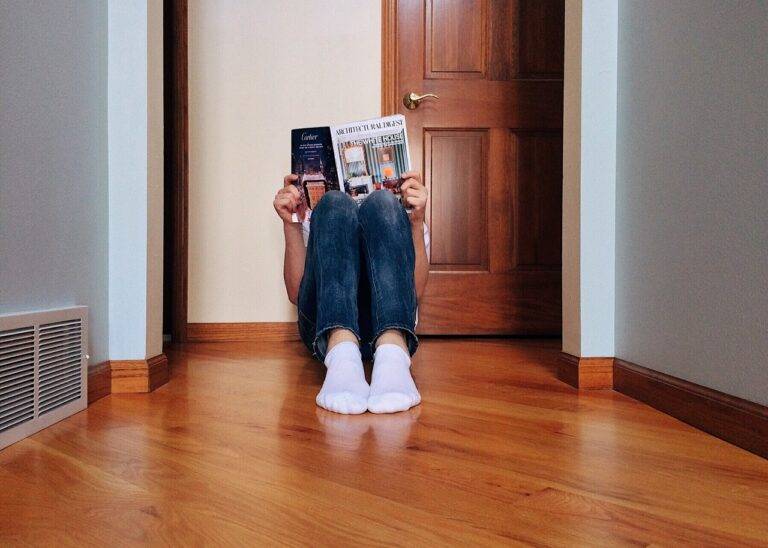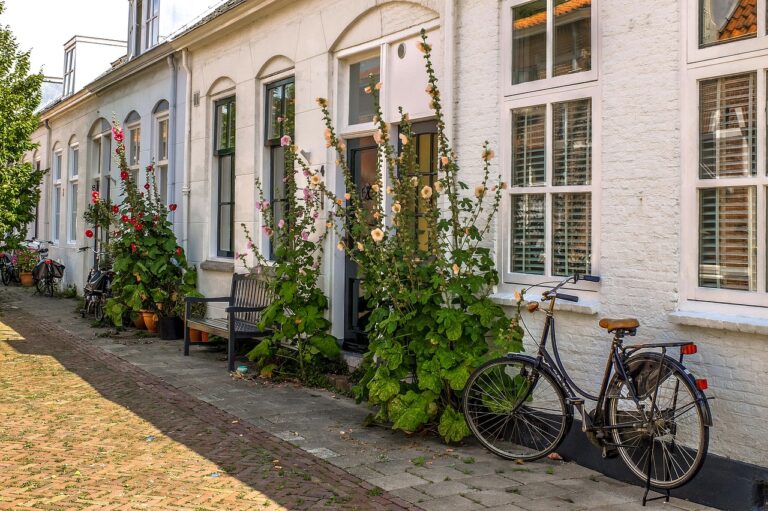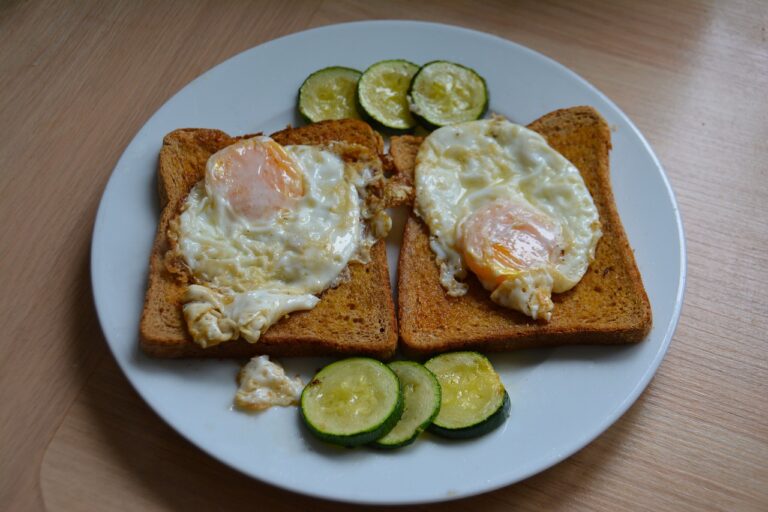Lighting for Home Pasta Cooking Classes: Rolling Dough in Soft Radiance: Tigerexchange247, Golden 77, Sky99exch
tigerexchange247, golden 77, sky99exch: Ensuring the perfect lighting for your home pasta cooking classes can make a world of difference when it comes to creating a warm and inviting atmosphere. When you’re rolling dough in soft radiance, you not only set the stage for a successful cooking class but also enhance the overall experience for you and your guests. In this blog post, we’ll explore the importance of lighting for home pasta cooking classes and provide some tips for achieving the right ambiance.
Creating the perfect lighting for your home pasta cooking classes can be a game-changer. Here are some tips to help you roll dough in soft radiance:
1. Choose the Right Bulbs: Opt for warm white LED bulbs with a color temperature of around 2700-3000K to create a cozy and inviting atmosphere in your kitchen.
2. Layer Your Lighting: Use a combination of overhead lighting, task lighting, and accent lighting to ensure that every corner of your kitchen is well-lit during your cooking class.
3. Dimmable Lights: Invest in dimmable lights to adjust the brightness levels according to the time of day and the mood you want to create.
4. Avoid Harsh Lights: Stay away from harsh fluorescent lights or cool white LEDs, as they can create a cold and unwelcoming ambiance in your kitchen.
5. Natural Light: If possible, take advantage of natural light by setting up your cooking area near a window or skylight. Natural light can add a beautiful soft glow to your pasta cooking class.
6. Lighting Fixtures: Choose decorative lighting fixtures that complement the overall aesthetic of your kitchen while providing ample light for your cooking activities.
7. Candlelight: For an extra touch of warmth and intimacy, consider using candles to enhance the ambiance of your cooking class.
8. Lighting Placement: Ensure that your lighting is strategically placed to avoid shadows and provide even illumination across your work surfaces.
9. Accent Lighting: Use accent lighting to highlight certain areas of your kitchen, such as your pasta-making station or dining area, to create a focal point for your cooking class.
10. Statement Lighting: Consider adding a statement chandelier or pendant light above your dining table to create a visually stunning focal point during your pasta cooking class.
By following these tips, you can create a warm and inviting ambiance for your home pasta cooking classes, allowing you to roll dough in soft radiance and create a memorable experience for you and your guests.
FAQs:
Q: Can I use regular incandescent bulbs for my home pasta cooking classes?
A: While incandescent bulbs can work, we recommend using LED bulbs for their energy efficiency and better light quality.
Q: How can I determine the right lighting level for my cooking class?
A: Experiment with different lighting levels to find what works best for your setup. Dimmable lights can be a great option for adjusting brightness levels.
Q: Is natural light better than artificial light for home pasta cooking classes?
A: Natural light can create a beautiful ambiance, but artificial lighting can be just as effective if properly chosen and placed.
Q: Can I mix different types of lighting in my kitchen for my pasta cooking class?
A: Yes, combining different types of lighting (overhead, task, accent) can help create a well-lit and inviting atmosphere for your cooking class.







